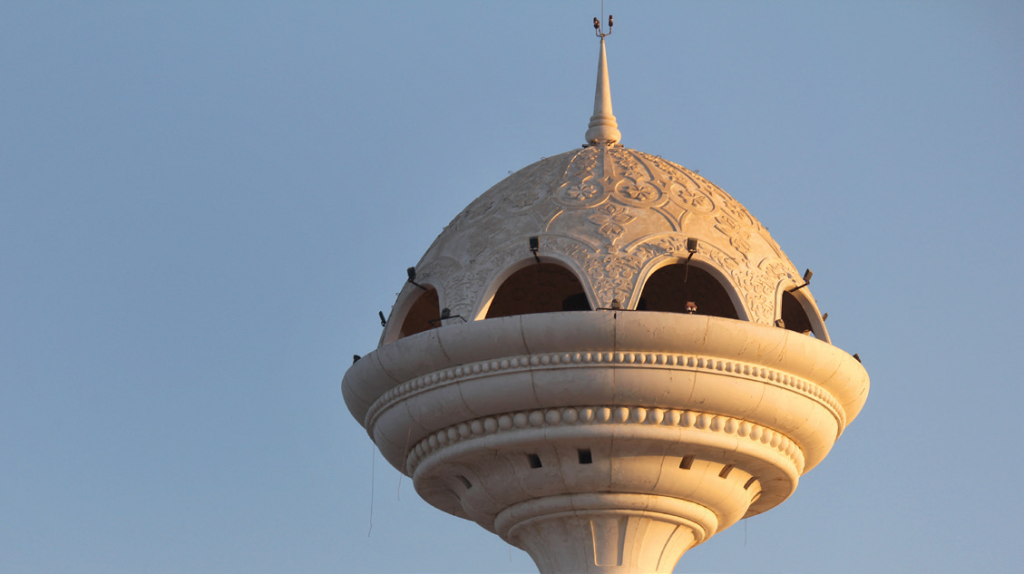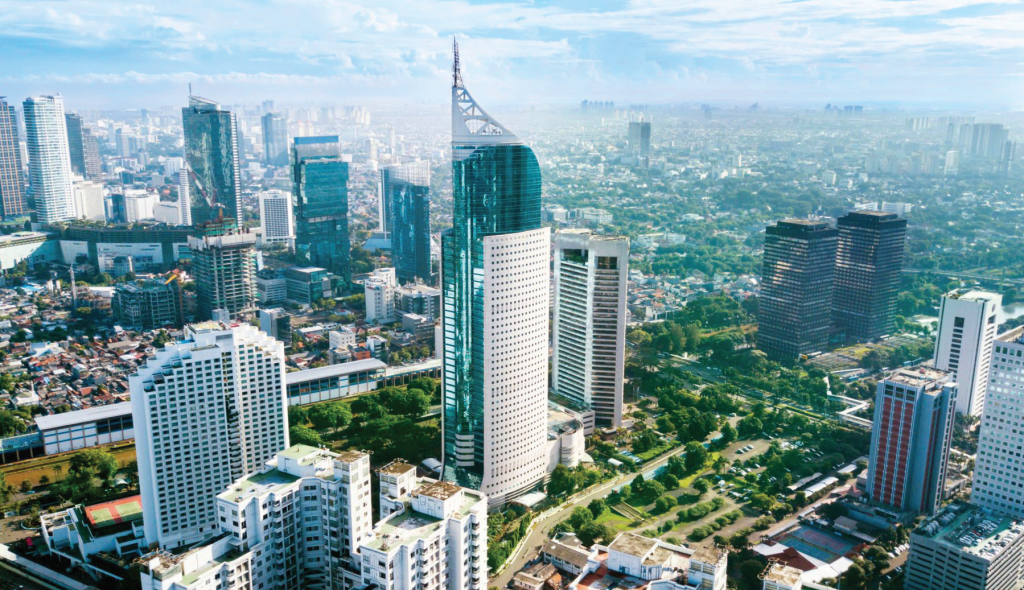Climate change can be defined as rising of average temperatures, extreme weather conditions, rising sea levels, and shifting of wildlife populations and habitats. Battling climate change is crucial to address the issue of global warming. Today, global average temperature is 0.85ºC higher than it was in the late 19th century.
The main reason of climate change is global warming caused by greenhouse gases. Greenhouse gases trap heat within the atmosphere causing global temperatures to rise. Climate scientists believe that human activities are the main cause of global warming observed since the middle of the 20th century, and the impact of climate change is huge. This means more droughts and heatwaves, more precipitations, more natural disasters like floods, hurricanes, storms and wildfires, and the frost-free season being affected by these upheavals.
The climate change is already altering entire ecosystem. Warm sea surface temperature is intensifying major typhoons, hurricanes and tornadoes, as more water vapors enter the atmosphere where they become fuel for more powerful storms to develop. Experts warn of the association between tropical cyclones and anthropogenic global warming in the western North Pacific.
The outcomes show that thermodynamic changes to the environment significantly influence the upper portion of extreme typhoon intensities, signalling that super typhoons are likely to be stronger. Researchers also found that the climate change has enhanced the average and extreme rainfall of hurricanes Katrina, Irma and Maria. Nevertheless, it does not change the power of tropical cyclone wind speed.
“Climate scientists believe that human activities are the main cause of global warming observed since the middle of the 20th century.”
The strong rainfall from hurricanes and other tropical storms will negatively impact the human, and may require billions of funds in the restructuring of buildings and the related infrastructure. In the same vein, severe flooding is also caused by the climate change. For instance, a 2011 study reported that 1,822 individuals across United Kingdom in 2010 were affected by floods. Similarly, during the monsoon period of August 1-19, 2018, the Indian state of Kerala witnessed unprecedented floods resulting from heavy rainfall in a short space of time, killing over 474 people and making another 800,000 homeless. Consequently, the Hong Kong government had to offer $8.262 million to provide relief to the flood victims in Kerala. This is just one small example of financial implications of climate change.
Such observations point to the significance of the climate change. It is already shaking up social, health and geopolitical balance in many parts of the world. Furthermore, the scarcity of resources like food and energy might lead to new conflicts. Thus, mobilising investment and innovation in low-carbon technologies and renewable energy, is a central idea in keeping the global average temperatures below 2ºC.
Islamic finance cannot ignore the rising importance of environmental concerns in terms of its product offerings and its own commitment to ESG-related concerns. An important development in this respect is the advent of Green sukuk.
WHAT IS GREEN SUKUK?
Sukuk is plural of sakk – Arabic for an Islamic bond. Green sukuk refer to a new investment certificate representing shares of an investment vehicle which in turn invests in tangible assets. Green sukuk aims to finance renewable energy projects. Islamic Development Bank defines green sukuk as the Shari’a-compliant version of a green bond and represents Shari’a-compliant investments in renewable energy and other environmental assets. Green sukuk notably addresses the Shari’a concerns for protecting the environment.
Thus a Green sakk may specifically be earmarked for investments in solar parks, wind and hydro. Green sukuk could also conceivably serve in other renewable energy sources, such as biomass, geothermal and tidal, as well as in power generation and transmission systems, energy efficiency, reduction of greenhouse gas emissions, water treatment projects, sustainable waste management, redevelopment of polluted or contamination sites, public hospitals or affordable housing.

The main reason for the green sukuk to continue to increase in importance and use is the potential of green investment projects needed in ASEAN from 2015 to 2030. The green investments in the region may go up to USD$3 trillion. According to Moody’s, the green finance market itself has grown rapidly since 2017 when it recorded issuance amount worth USD$155 billion. This is obviously only a small fraction of the potential requirement.
In the following, we discuss developments in the green sector and related sukuk issuance in a few countries of importance.
FRANCE
In November 2011, Paris Europlace launched the French sukuk guide to support the issuance of sukuk in France. In this regard, Legendre Patrimoine and Anouar Hassoune Conseil issued the first green sukuk known as the Orasis Sukuk. Orasis Sukuk would be utilized for financing solar plants project. Investors of the Orasis Sukuk would be eligible for tax deductions up to 10 years. The financing offers 7% return per annum for every second quarter and benefit from a 71% tax cut. Currently, Orasis Sukuk offer ownership rights to individual and institutional investors.
French President Emmanuel Macron, aimed to make himself a leader in fighting against global warming during the Climate Finance Summit in Paris on December 12, 2017. Nicolas Hulot, France’s Environment Minister, said “France is struggling to cut greenhouse gases and obtaining cash for the climate-friendly renovation of buildings.”

Recently, on September 26, 2018, France, Germany, Hewlett, Grantham and IKEA Foundation and BlackRock, as the asset manager have, announced the Climate Finance Partnership at the One Planet Summit in New York. The partnership committed to developing an investment vehicle that aims to invest in climate change infrastructure in emerging markets.
Specifically, the partnership will make investments in renewable energy, energy efficiency, energy storage, low carbon and electric transportation across Latin America, Asia and Africa. More importantly, renewable investment in OECD and G20 countries was driven by targeted investment incentives like feed-in-tariffs, tradeable renewable certificate and public tenders.
OMAN
Oman has a varied climate and geography. There are periodic droughts, the summer winds often produce large sand and dust storms in the central region, and the strong southwest summer monsoon is recorded between May to September. It is one of the most water-scarce countries in the world. Rising temperatures and climate change is likely to threaten water security and disrupt agricultural production. Furthermore, increase in urban population density has led to increased air pollution deriving from energy production, transportation and industry, especially cement, chemical and petrochemical plants.

Last year, Abu Dhabi Future Energy fully financed the first of the 13 turbines at Dhofar Wind Farm. Each turbine has a capacity to generate an estimated of 50 MW electricity. The Dhofar Wind Farm is expected to become operational by the third quarter of 2019, supplying 7% of Dhofar governorate’s electricity demand. It is expected to supply green energy to power 16,000 homes while offsetting an estimated 110,000 tons of carbon dioxide emissions annually.
Elsewhere, in Oman, Mazoon Electricity Company raised $500 million from its debut sukuk issuance. The 10-year sukuk offered profit rate of 5.2% per annum. The issuance will support the group electricity transmission and distribution networks investment. The issuance is rated BAA2 by Moody’s and BBB by Fitch. The composition of the investors is represented by 52% of banks and 46% other asset managers. Similarly, Saudi Arabia Electricity Company has issued a 30-year sukuk. The $1 billion issuance demonstrated the increasing popularity of sukuk in the global market.
MOROCCO
Morocco is the largest energy importer in the MENA region because of its limited hydrocarbon reserves. The country imports 95% of its primary energy supply, of which US$80 billion is spent on imported oil. The Moroccan government has spent US$150 million since 2015 for its Clean Technology Fund.
The main objective of this fund is to support a cleaner economy regime in Morocco. And, yet, so far, Morocco’s Investment Commission plans to invest nearly $11 billion in solar and wind energy projects. The fund aims at turning the country into an exporter of alternative energy by 2020.
Morocco’s largest concentrated solar power farm is located in Ouarzazate. This project is financed by the World Bank with a $400 million loan, combined with $216 million provided from the Clean Technology Fund. The solar power uses solar cells to directly convert sunlight to electricity for over one million homes.
The first phase of the project, Noor 1, was officially turned on in 2016 with a generating capacity of 160MW. It enables storage of three hours’ worth of electricity. Phases 2 and 3 of the project are under construction with capacities of 350 MW and 70 MW, respectively. As for hydropower, Morocco lately installed 12 small hydro plants totalling 92MW. Furthermore, Morocco aims to install 2,000 MV hydro plant capacity by 2020.
morocco’s central bank had been expected to tap the local sukuk market since July 2018, after multiple delays. Nevertheless, after the new securitization law gazette in April 2017, Moroccan authorities announced the first “sukuk” worth 1 billion Dirhams, about 90 million EURO with a demand that exceeded 3.6 times that of conventional bonds. The sukuk was issued on October 5, 2018.

INDONESIA
A paper by Dalal Aassouli and her colleagues looked at the application of istisna’ ijara structure for green sukuk in Indonesia. The solar project required up to AUD $550 million of financing for a 250-megawatt solar panel project. The first phase of the project offered AUD$150 million of sukuk and agreed to pay between 6.5% to 7.5% returns. Under this model, guarantor was responsible directly for the investors (sukuk- holders).

A simple istisna’ ijara sukuk structure is given above in the figure. During the construction phase, issuer or SPV issues istisna’ sukuk to raise funds from the investors (sukuk-holders). Investors make payments to SPV, in order to purchase Istisna’ Sukuk Certificate. Istisna’ Sukuk Certificates are issued to the investors upon receiving the funds.
SPV uses the sukuk proceeds to pay the contractor who is also known as the supplier of solar panels, under the istisna’ contract to build and deliver the asset. However, on its own, an istisna’ sukuk does not generate returns for the sukuk-holders during the construction phase.
In case of the Indonesian Green Sukuk, for first 20 years from the completion, SGI-Mitabu will issue ijara sukuk. Ijara sukuk is a hybrid between an operational lease and a capital lease with certain ‘ownership’ risk. In simple words, ijara sukuk will sell certain physical assets to a Special Purpose Vehicle (SPV).
The SPV will finance this acquisition by cash raised by the issue of sukuk certificates. Unlike istisna’ sukuk, ijara sukuk entitles the sukuk- holders to receive a proportionate share of the returns, generated by the underlying asset through a lease back to the issuer company.
Meanwhile, for 20 years onwards, a musharaka sukuk will be used to finance the construction projects. The SPV pays cash toward the capital of the musharaka to the operating companies, and subsequently, leases the underlying musharaka assets to the energy distributors at agreed regular fixed or floating rentals.
The sukuk-holders are entitled to earn returns from the underlying assets that are distributed between the issuer and sukuk-holders in accordance with a profit-sharing ratio. In the case of default or maturity, the issuing entity issues a promise to musharaka units from the SPV at an agreed price.
CONCLUSION
The list of relevant case studies from France, Oman, Morocco and Indonesia have been brought to understand the issues. The agenda is the same, which is to fight climate change and protect the environment and the planet.
To meet green sukuk deployment goal for financing the climate change problem, policymakers and banking system needs to strengthen investment conditions, be it an investment policy, specific policy incentives or trade and financial market policy.
The introduction of green sukuk may have had the consequence for providing access to debt financing for capital-intensive investment such as renewable projects. Finally, there is a strong endorsement of the message that green sukuk and climate change risks must go hand-in-hand with representatives from government, business and civil society.



